Before Teslas were whispering directions and self-parking on command, there was KITT—the Knight Industries Two Thousand. Premiering in 1982, KITT wasn’t just a car; it was a fully autonomous, AI-powered crime-fighting machine with a sarcastic streak and enough tech to make today’s smart cars look like dial-up modems. Whether it was scanning threats with a red pulse across the nose or launching itself over obstacles with Turbo Boost, KITT did things that still feel advanced four decades later.
Even now, in a world full of voice assistants and self-driving prototypes, there’s something about KITT that feels ahead of its time. Here’s why the Pontiac Trans Am turned sentient sidekick still stands as one of the most futuristic cars to ever hit the screen.
KITT’s AI Was Ahead of Its Time
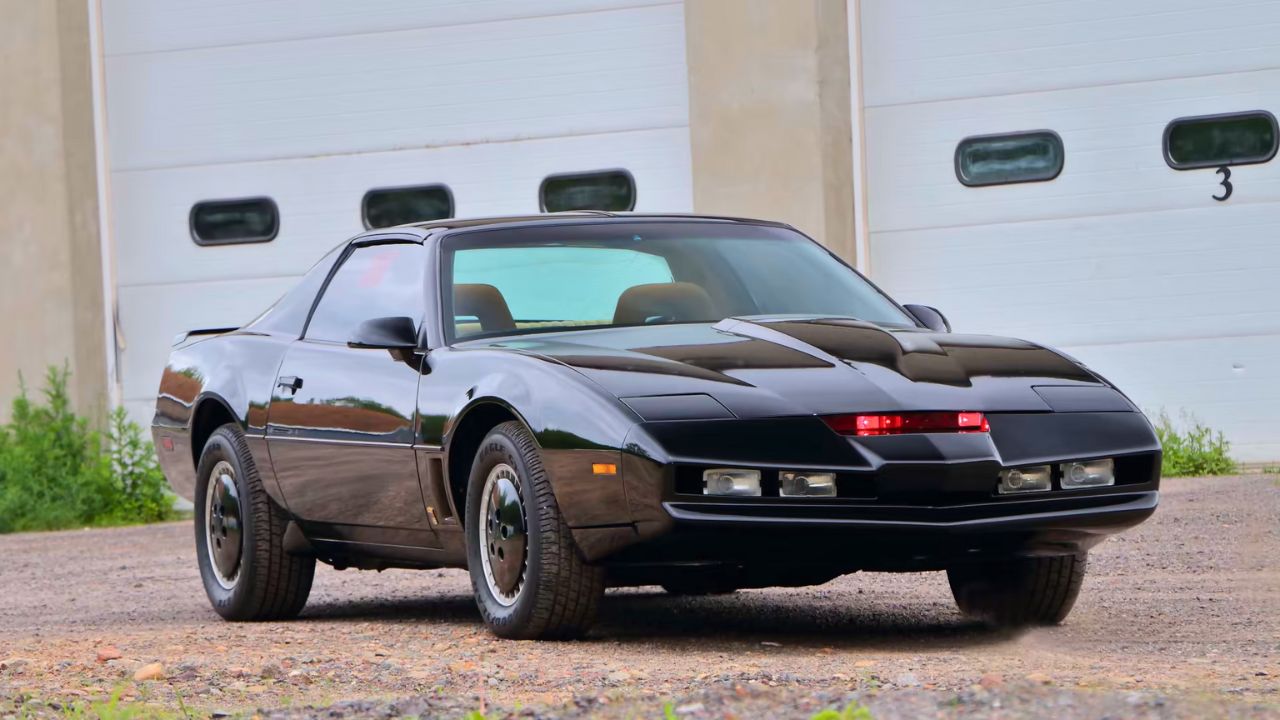
KITT, short for Knight Industries Two Thousand, featured a self-aware AI capable of learning, reasoning, and conversing with humans. This level of artificial intelligence was purely science fiction in the 1980s but mirrors today’s advancements in machine learning and natural language processing.
The AI’s personality was characterized by wit, sarcasm, and loyalty, making KITT feel more like a partner than a machine. Its ability to process information and make decisions in real-time set a precedent for how we envision AI integration in vehicles.
The Iconic Red Scanner Was More Than Just a Light
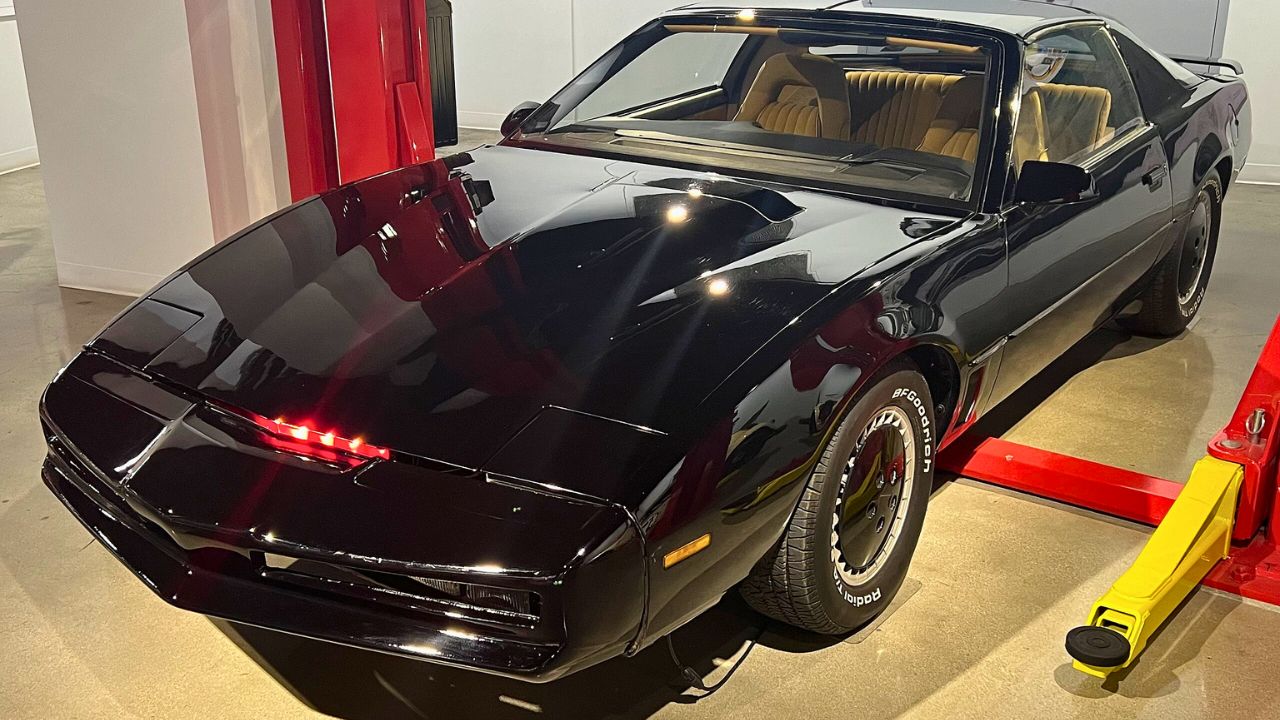
KITT’s front-mounted red scanner, known as the Anamorphic Equalizer, wasn’t just for show. It served as the car’s “eye,” allowing it to see in various spectrums, including infrared and X-ray, and to detect movement and obstacles.
This feature enabled KITT to assess environments, track targets, and navigate complex scenarios autonomously. The scanner’s sweeping light became a symbol of the car’s intelligence and vigilance.
Turbo Boost Gave KITT Supercar Abilities
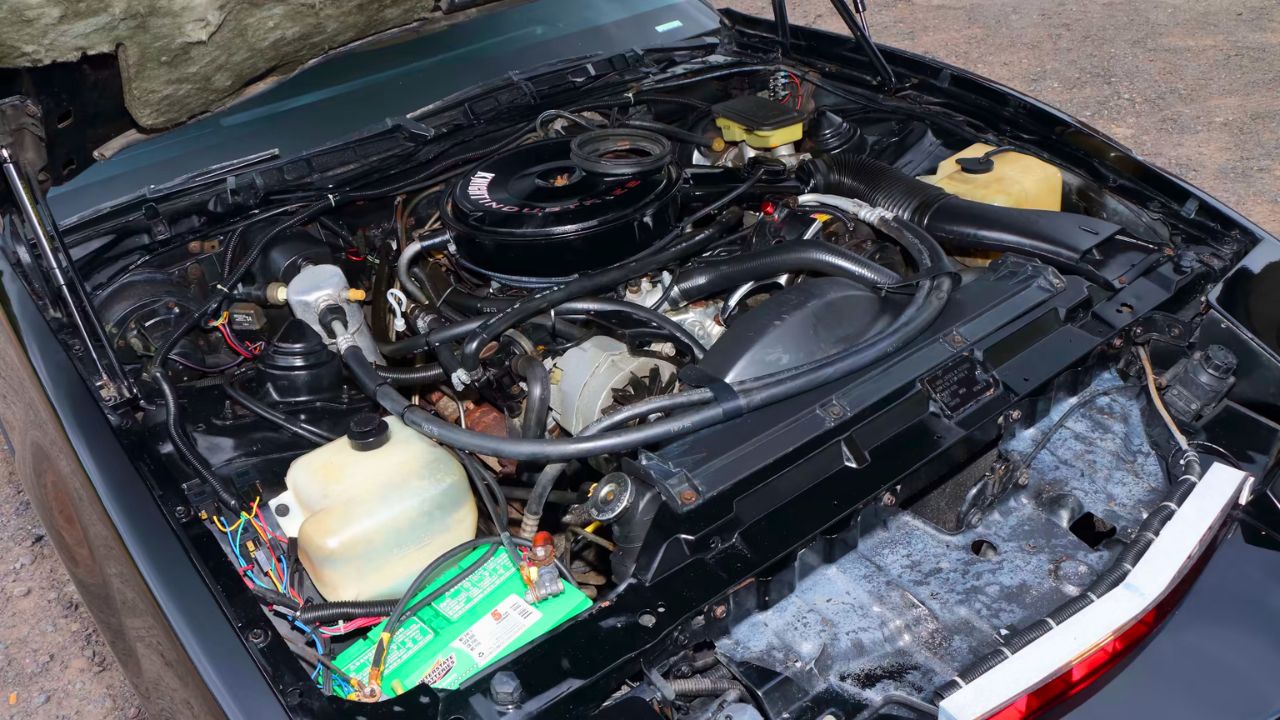
KITT’s Turbo Boost function allowed it to make incredible leaps over obstacles, thanks to undercarriage rocket boosters. This feature enabled the car to perform stunts that were unheard of for vehicles at the time.
Beyond jumps, Turbo Boost provided rapid acceleration, allowing KITT to reach high speeds quickly. This capability was crucial for high-speed chases and evasive maneuvers.
The Interior Was a Tech Enthusiast’s Dream
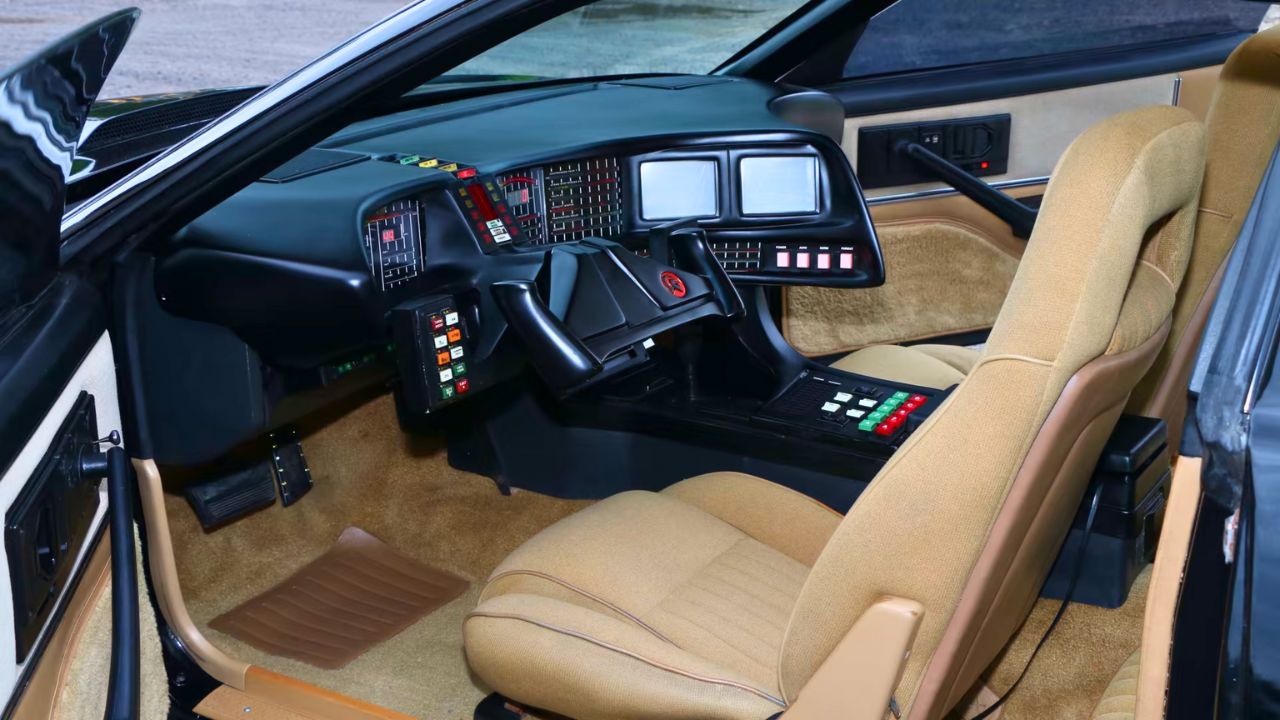
Inside KITT, the dashboard was filled with digital displays, buttons, and monitors, creating a cockpit-like environment. Features included a voice synthesizer, video communication screens, and various control panels.
The design emphasized functionality and futuristic aesthetics, making it a standout feature of the car. The interior’s complexity mirrored the advanced technology KITT was equipped with.
KITT’s Molecular Bonded Shell Made It Nearly Indestructible
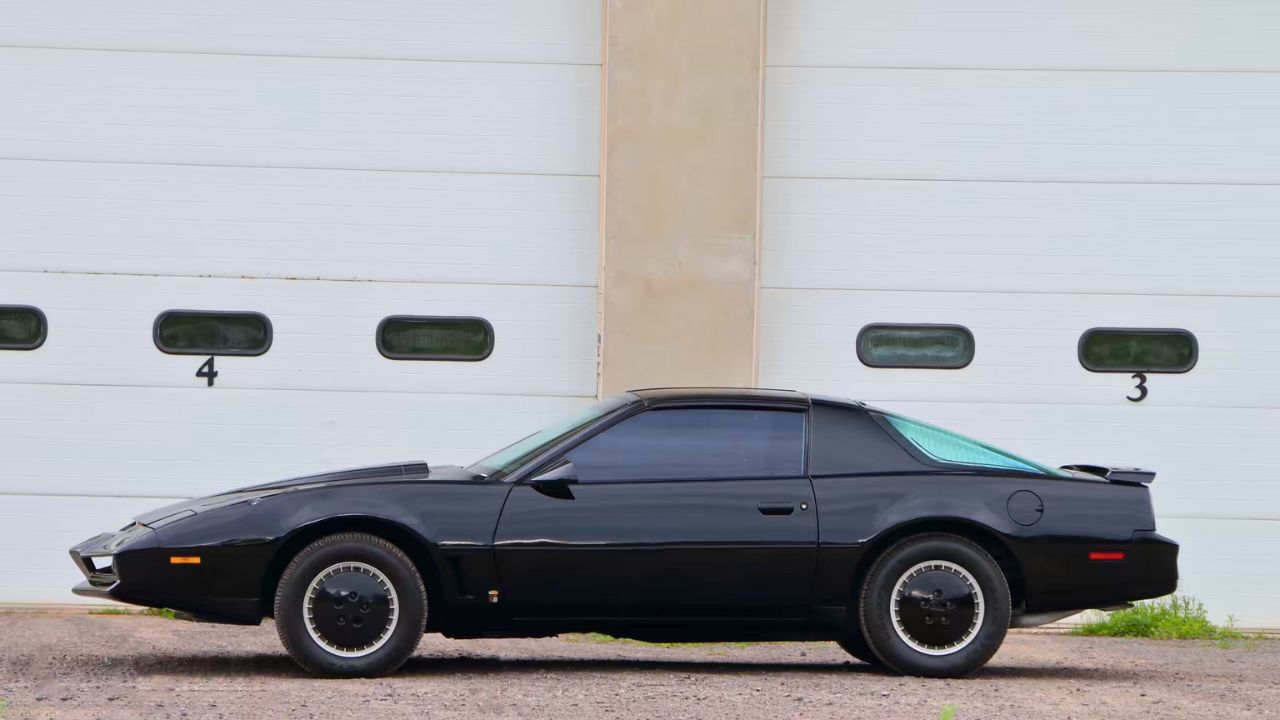
KITT was protected by a Molecular Bonded Shell, a fictional armor that rendered it impervious to bullets, explosives, and extreme temperatures. This feature ensured the car’s durability in dangerous situations.
The shell’s resilience allowed KITT to act as a shield for its occupants and to withstand impacts that would destroy ordinary vehicles. This level of protection was a key element in KITT’s role as a crime-fighting vehicle.
Autonomous Driving Was a Standard Feature
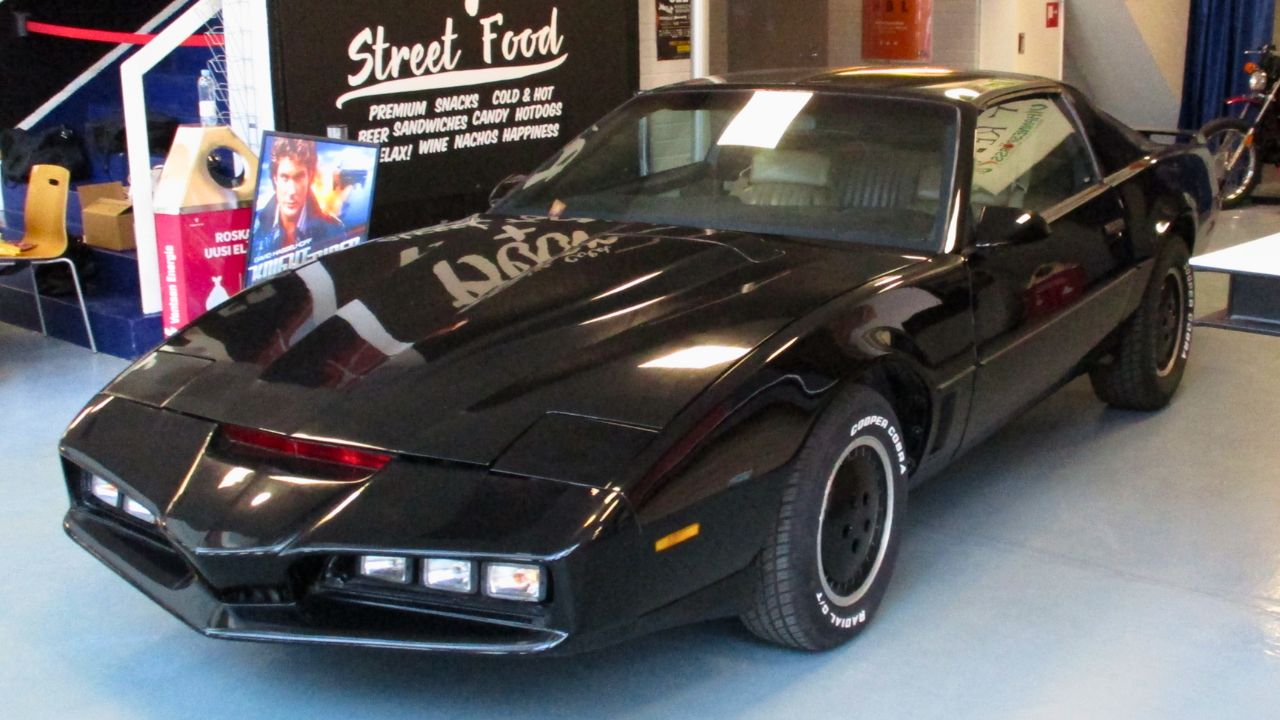
KITT could operate in Auto Cruise mode, driving itself without human input. This autonomous capability included navigation, obstacle avoidance, and adherence to traffic laws.
The car’s ability to self-drive was a visionary concept during the 1980s, predating modern developments in autonomous vehicle technology. KITT’s self-driving feature showcased the potential for vehicles to operate independently.
Advanced Surveillance and Diagnostic Tools
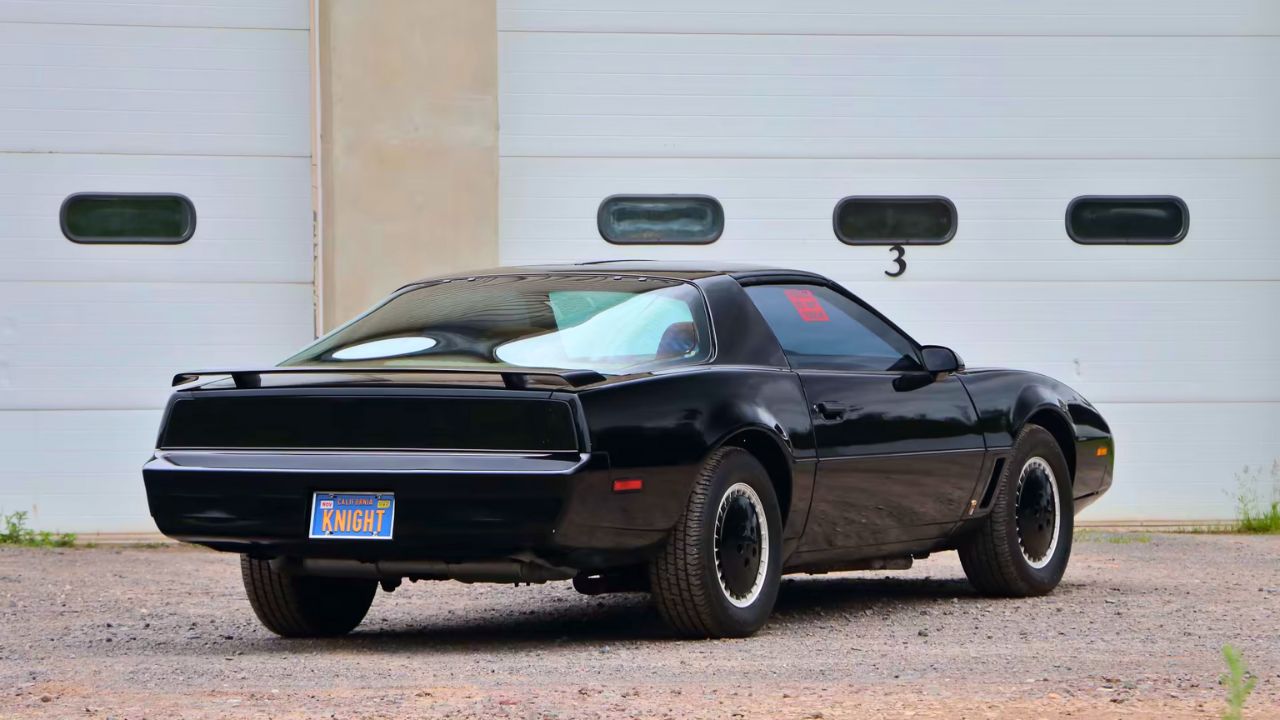
KITT was equipped with an array of sensors and diagnostic tools, including a medical scanner, voice stress analyzer, and chemical analyzer. These tools allowed the car to assess situations and provide critical information.
The surveillance capabilities extended to monitoring vital signs, detecting lies, and analyzing substances, making KITT a valuable asset in investigative scenarios. These features highlighted the car’s multifunctional design.
Multiple Driving Modes for Various Scenarios
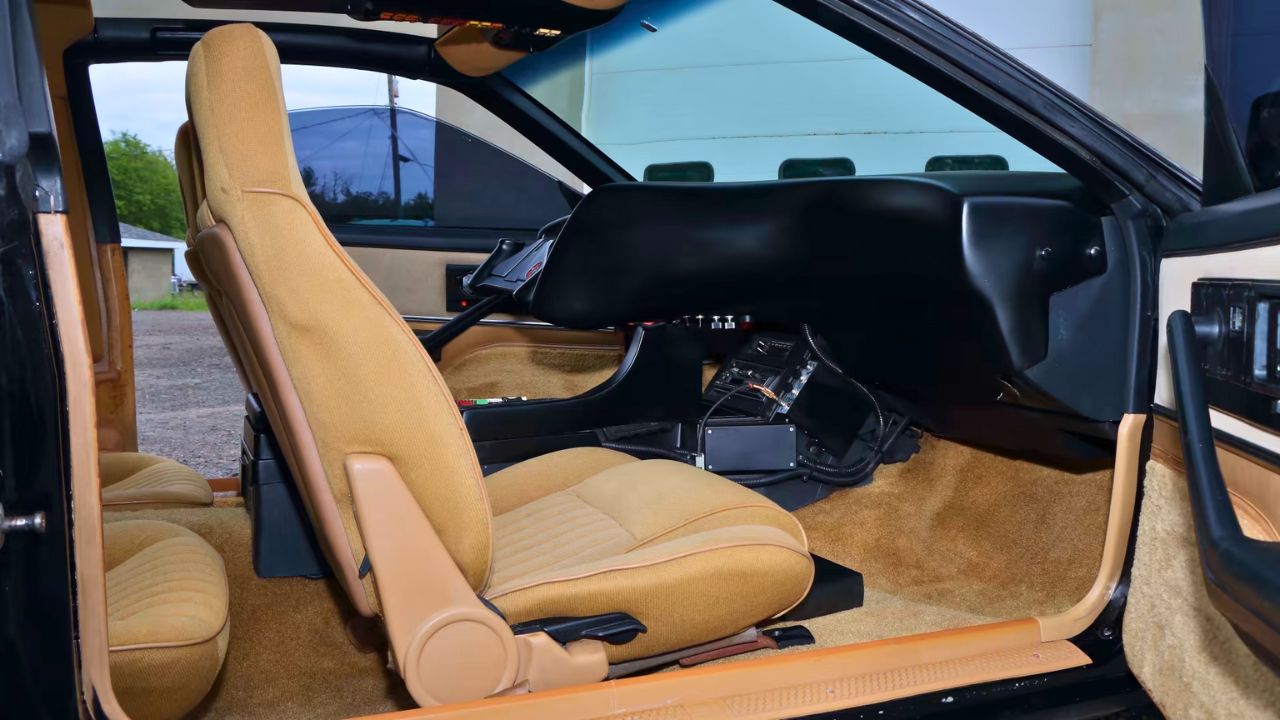
KITT featured several driving modes, including Normal Cruise, Auto Cruise, Pursuit Mode, and Silent Mode. Each mode adjusted the car’s performance to suit different situations, from high-speed chases to stealth operations.
These modes allowed KITT to adapt to various challenges, enhancing its effectiveness as a versatile vehicle. The ability to switch between modes demonstrated the car’s advanced engineering.
Defensive and Offensive Capabilities
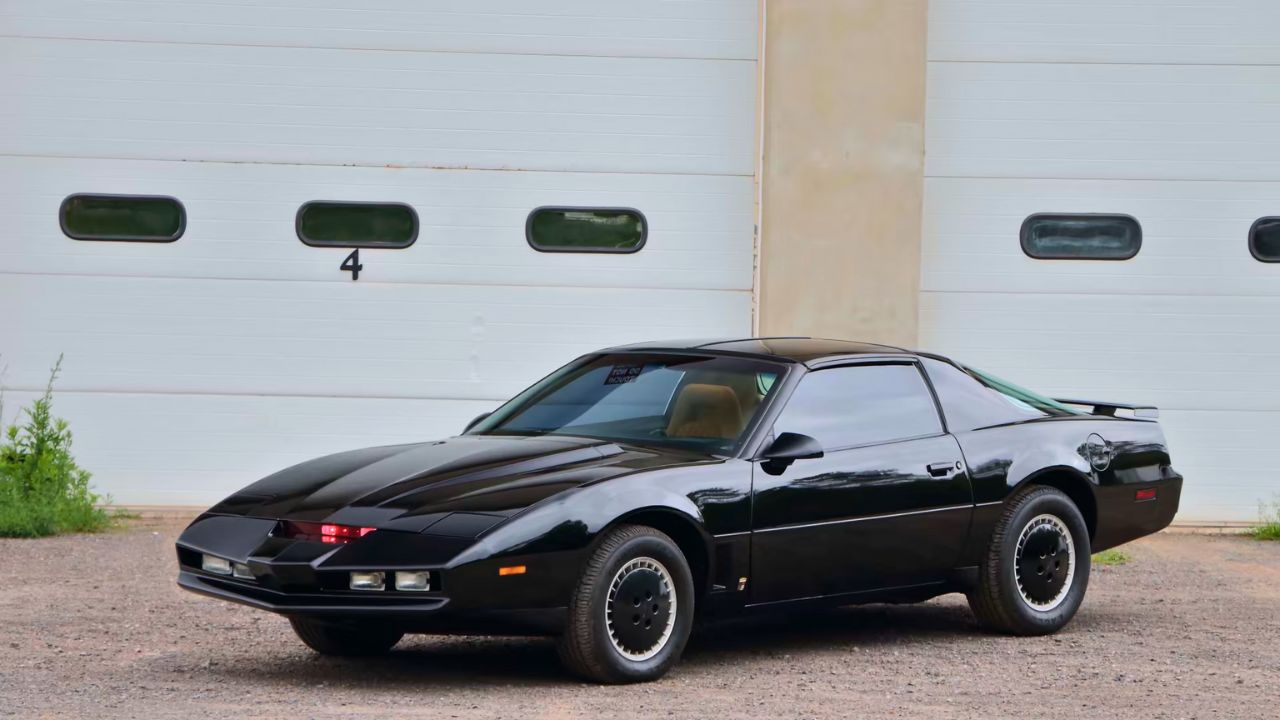
KITT was armed with defensive measures like smoke screens, oil slicks, and tear gas, as well as offensive tools such as flamethrowers and a laser. These features provided the car with means to protect itself and its occupants.
The integration of these systems allowed KITT to handle threats proactively, reinforcing its role as a self-sufficient crime-fighting machine. The combination of defense and offense made KITT a formidable presence.
Cultural Impact and Legacy
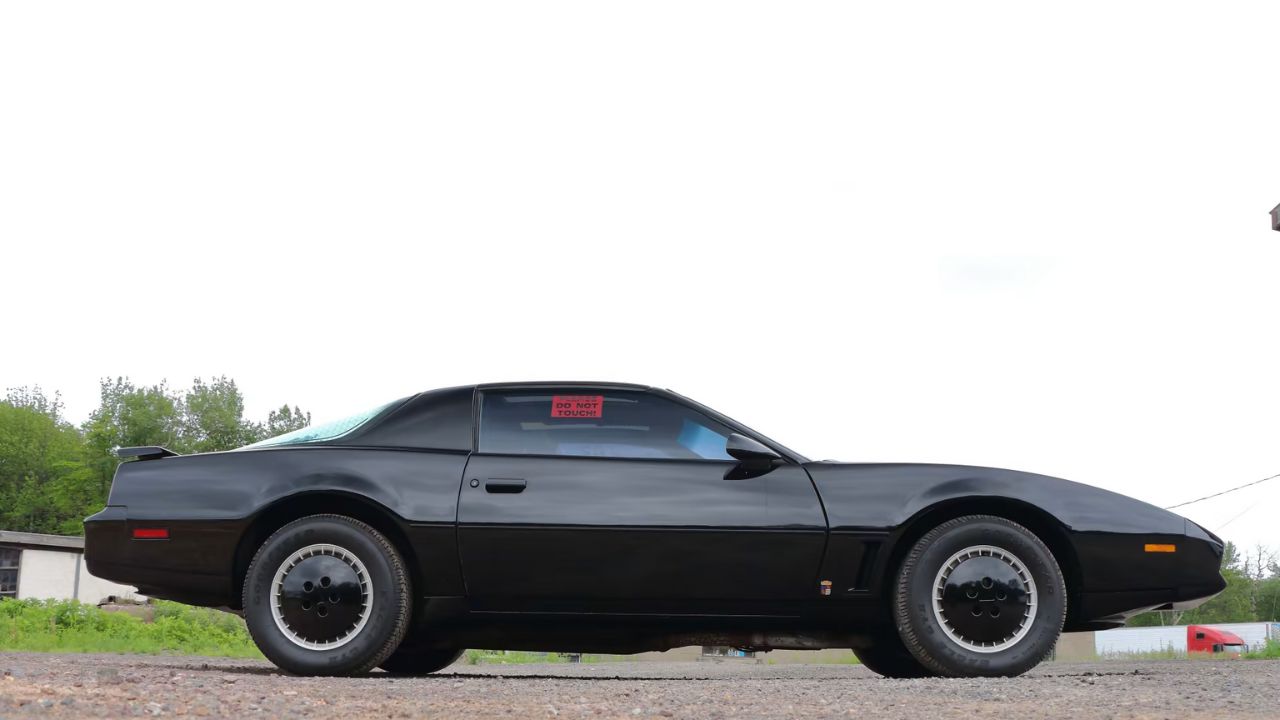
KITT’s design and capabilities left a lasting impression on popular culture, influencing the portrayal of intelligent vehicles in media. The car became an icon of futuristic technology and inspired interest in AI and advanced automotive features.
The legacy of KITT continues to resonate, with references appearing in various forms of entertainment and technology discussions. The car’s blend of innovation and personality set a benchmark for fictional vehicles.
*This article was hand crafted with AI-powered tools and has been car-fully, I mean carefully, reviewed by our editors.

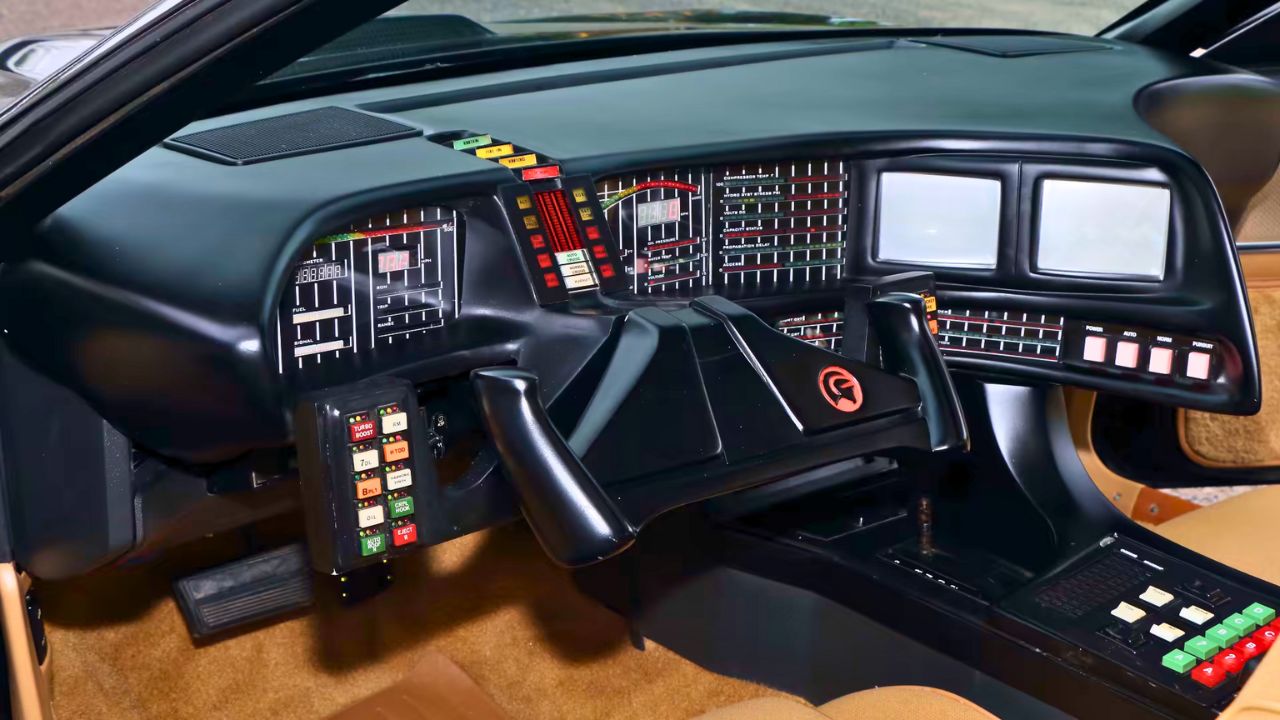
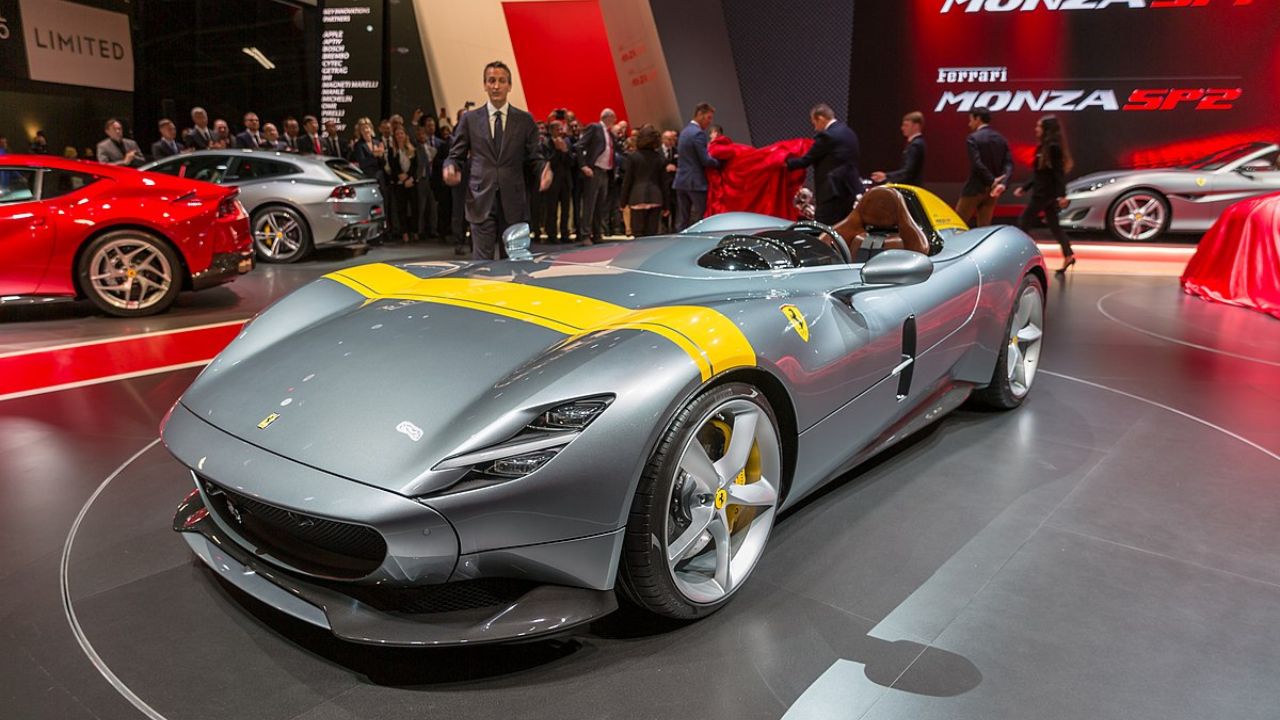
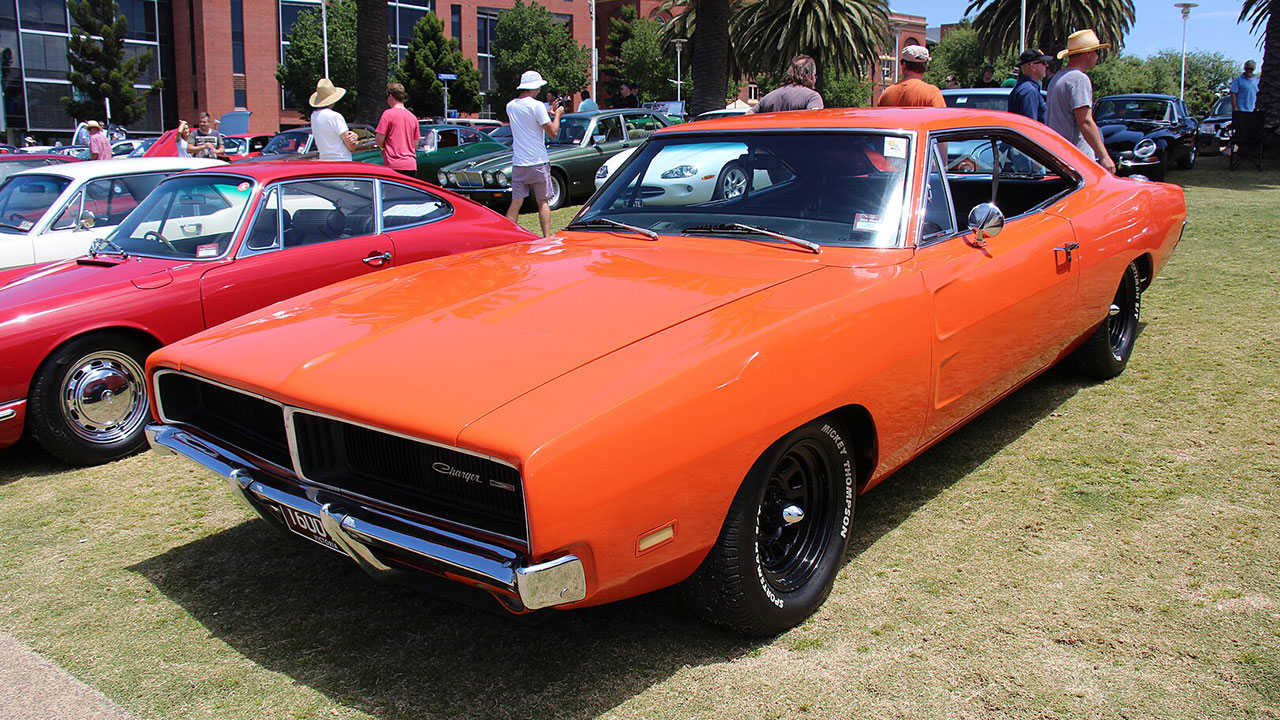
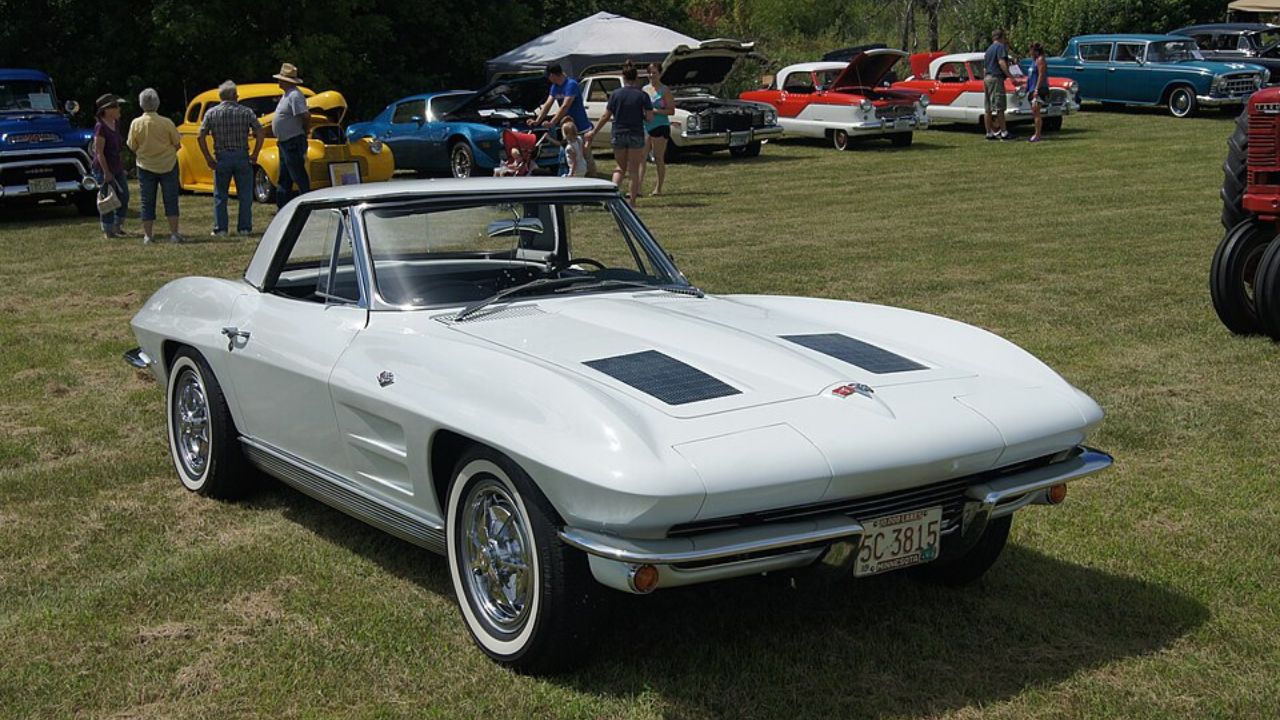

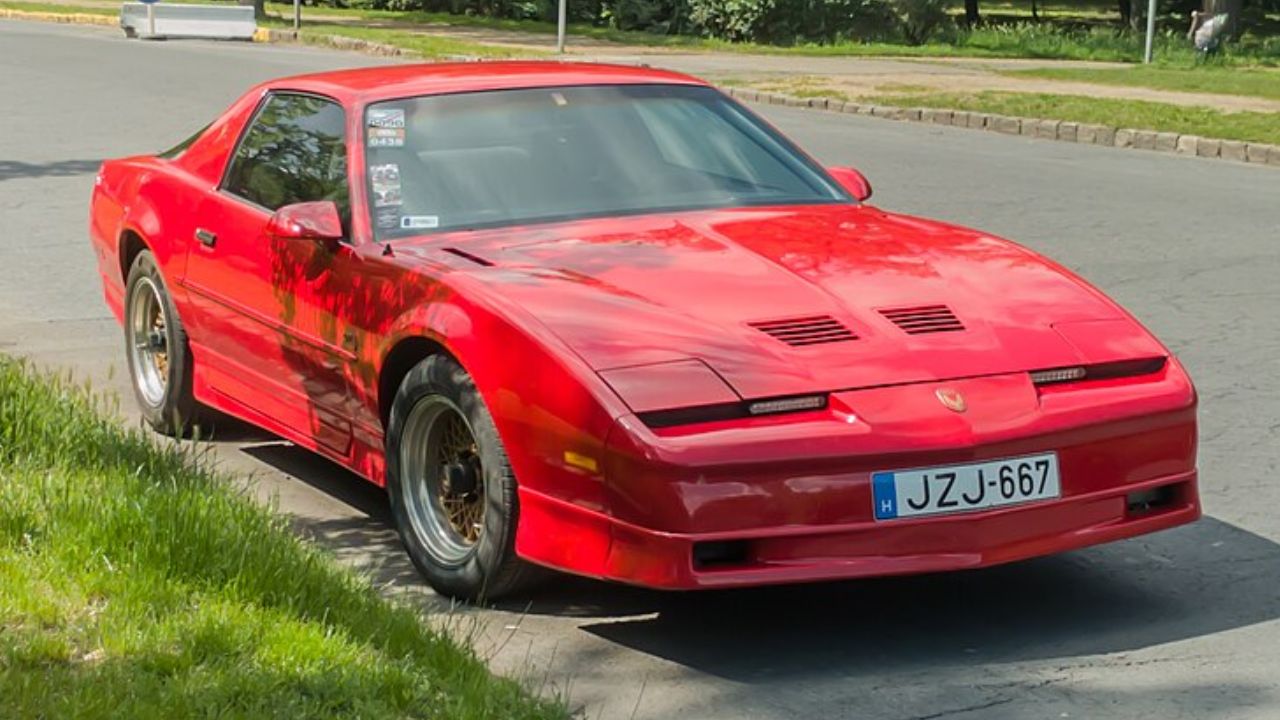
Leave a Reply